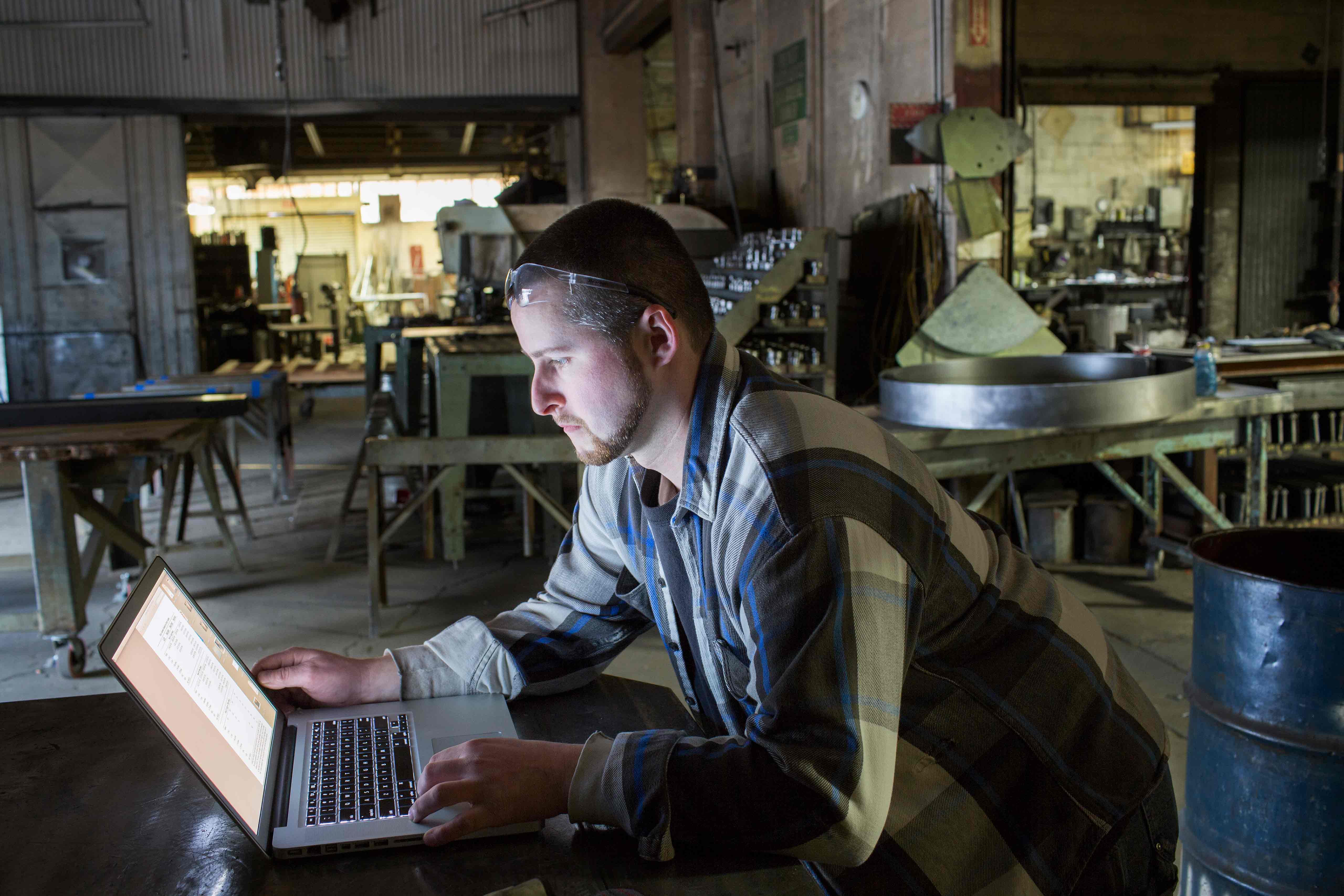Physically distanced from their staff and customers, businesses have found new ways to connect and create during the COVID-19 crisis.
In normal times, innovation is about doing things differently to achieve a better outcome but in the midst of the COVID-19 pandemic, innovation has more often been about survival. “Most businesses – including ours – had to innovate just to carry on,” says Des Fisher, innovation principal at SAP Australia & New Zealand.
The most profound change for the enterprise software company was an immediate pivot to all-digital communications with its clients. Ideation is the bedrock of innovation and most of its key tools, such as sticky notes, whiteboards, meetings and workshops, vanished overnight. “No face-to-face – that struck fear into my heart,” says Fisher.
“Chemistry is so useful when you’re innovating; if you’re not engaging properly with people it’s unlikely to amount to much.”
Fisher says that some SAP clients were initially slower to embrace ideation with digital tools because they were in pure survival mode. “We had to rescue the concept of digital ideation and apply humanity to the technology,” he says. “Engagement is still vital, we just deliver it in a different way.”
Companies also needed to find ways to support their staff who were working from home. In a worldwide COVID-19 initiative, SAP made its Qualtrics software freely available, allowing businesses to do fast and frequent “pulse” surveys of their employees and customers. Australia Post, for example, coping with weeks of Christmas Eve-level parcel volumes, did regular employee pulse surveys to gauge morale and fatigue.
St John Ambulance carried out a weekly pulse survey on how its workforce was feeling and how the management team could help. “Organisations are communicating a lot more frequently with their staff and customers, which improves engagement and trust,” says Fisher.
“A data-driven means of understanding how people feel is crucial.” A third major innovation has been using data and digital capabilities to monitor critical infrastructure in hospitals, such as air-conditioner operating pressures and filtration units that keep staff and patients safe. “Most organisations collect a vast variety and volume of data.
Listening to what that data has to tell us can help to improve safety and operate assets more reliably and sustainably,” says Fisher. “This is the next wave – to make better decisions using the wealth of data available to us and reinvent the way that businesses run.”



